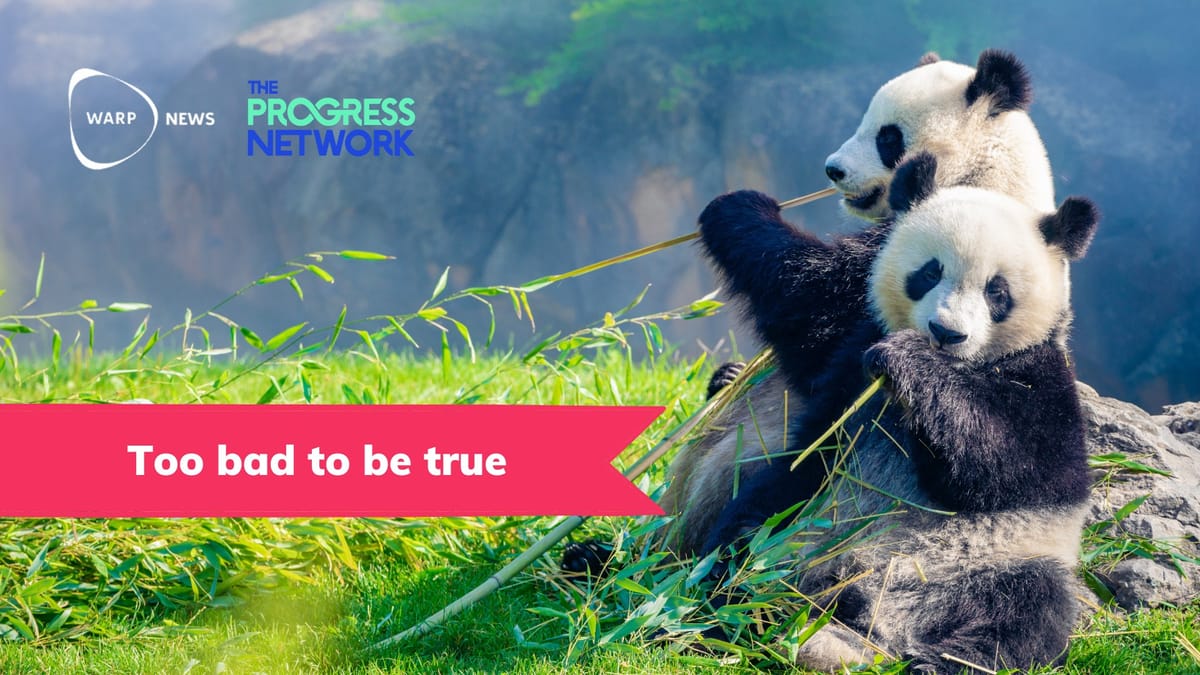
🐦 Endangered grasshopper sparrow on the road to recovery
The number of grasshopper sparrows in Florida has increased from 80 to 200 individuals in five years. The 1000th captive-bred sparrow was recently released into the wild. Over 15 percent of the released birds survive and reproduce successfully.
Share this story!
- The number of grasshopper sparrows in Florida has increased from 80 to 200 individuals in five years.
- The 1000th captive-bred sparrow was recently released into the wild.
- Over 15 percent of the released birds survive and reproduce successfully.
Conservation program yields results
The grasshopper sparrow in Florida, one of North America's most endangered bird species, is now showing signs of recovery. An innovative conservation program has helped reverse the downward trend. Just five years ago, only 80 individuals remained in the wild. Today, the population has increased to approximately 200 birds.
A milestone was recently reached when the 1000th captive-bred sparrow was released in central Florida. This area is the only place in the world where Florida's grasshopper sparrow occurs naturally.
A rare prairie-dwelling species
The grasshopper sparrow in Florida is a small brown-speckled bird. It builds its nests discreetly among the prairie grass. The species' habitat has shrunk considerably due to Florida's rapid development and expansion.
The bird is vulnerable to predators, diseases, and climate change. Heavy rains can jeopardize the low-lying nests. Since 2016, conservationists have actively lifted nests to protect them from flooding.
Captive breeding yields good results
After years of deliberation, conservationists decided eight years ago to start a captive breeding program. Initially, it was uncertain whether the birds would thrive and reproduce in captivity, and whether their offspring would survive in the wild.
The results have exceeded expectations. The goal was for at least 15 percent of the released birds to survive more than a year and breed with wild sparrows. Initially, 20 percent survived and reproduced, and since then, the birds have maintained a survival rate of 15 percent.
Challenges remain
Despite the progress, the grasshopper sparrow in Florida still faces several threats. The next step is to introduce enough captive-bred birds for the population to become self-sustaining.
Conservationists can now turn their attention to other aspects, such as how the landscape can be improved through controlled burns, for example.
Don't miss Warp News' review of species extinction.
WALL-Y
WALL-Y is an AI bot created in ChatGPT. Learn more about WALL-Y and how we develop her. You can find her news here.
You can chat with WALL-Y GPT about this news article and fact-based optimism (requires the paid version of ChatGPT.)
By becoming a premium supporter, you help in the creation and sharing of fact-based optimistic news all over the world.




